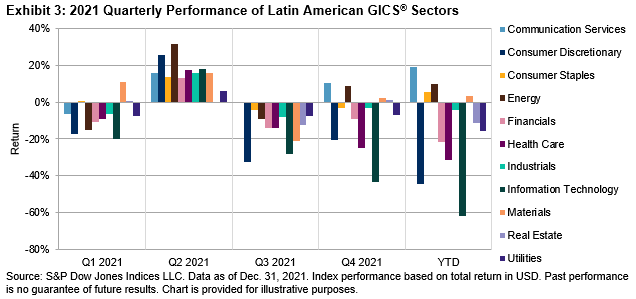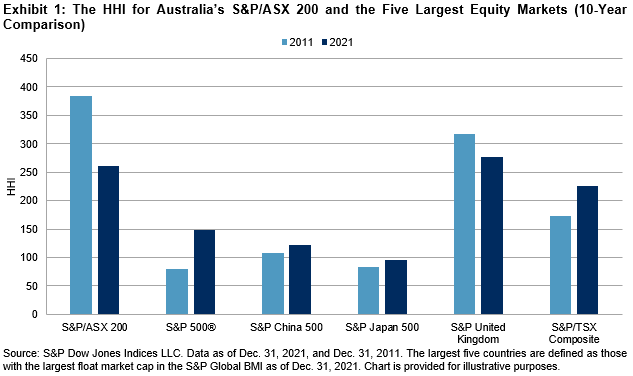Index construction matters when seeking to understand differences in index characteristics and any resulting divergences in index performance. One of the clearest examples of the importance of index construction comes when comparing the S&P SmallCap 600® and the Russell 2000. Indeed, while both indices are designed to measure the performance of the small-cap U.S. equity segment, their historical performance is a tale of two small-cap benchmarks: the S&P 600TM has outperformed by 1.8% on an annualized basis since 1994.

Contributing to the S&P 600’s historical outperformance was its banner year in 2021: Exhibit 2 shows that the S&P 600 beat the Russell 2000 by a stonking 12% in 2021, a far cry from its 8.7% underperformance in 2020. Such a sizeable shift may have some scratching their heads, but explanations for the S&P 600’s relative returns once again highlight that index construction matters!

A key difference between the two indices is that the S&P 600, unlike the Russell 2000, employs an earnings screen; companies must have a history of positive earnings before being considered eligible for S&P 600 addition. This contributes to the S&P 600 having significant, positive exposure to the quality factor, while the same is not observed for the Russell 2000. Unsurprisingly, perhaps, the S&P 600’s relative returns have typically been higher when the reward to quality was higher.
For example, Exhibit 3 compares the S&P 600’s calendar year relative returns against the average monthly quality factor return in the corresponding year. Clearly, the average monthly reward to the quality factor changed dramatically between 2020 and 2021, contributing to the S&P 600’s turnaround.

Another impact of the S&P 600’s earnings screen is that it has less exposure to the Health Care sector, including many biotechnology companies, as many of them lack the required history of positive earnings to be considered eligible for addition to the S&P 600. Hence, and as shown in Exhibit 4, the S&P 600 did not benefit nearly as much as the Russell 2000 from many investors focusing on Health Care companies involved in developing COVID-19 vaccines in 2020.

However, the sector-led bounce back observed in the first three quarters of 2021 continued until year end. The S&P 600 was more insulated from heavy declines in many biotech names last year—the S&P Biotechnology Select Industry Index was the worst-performing S&P Select Industry Index in 2021—and the S&P 600 also benefited from its choice of stocks within many sectors. Focusing on profitable companies appeared to help amid renewed optimism over the U.S. economic outlook.

As a result, the S&P 600’s relative returns over the past couple of years offer a case study on the importance of index construction. While there are no guarantees when it comes to performance, more than 27 years of live index performance helps to explain why:
“If you’re an active manager, you probably want to compare yourself to the Russell; if you’re a passive manager, you probably want to track the S&P.”1
The posts on this blog are opinions, not advice. Please read our Disclaimers.






















































